Approximately one-third of our lives are spent at work, so making sure you have everything you need to do your job might seem like one of the most basic parts of your workday. But for employees with disabilities, it might not be as straightforward. There are generally held expectations about what working in tech with a disability is like — for example, that everyone with a disability is comfortable talking about it, or that they know exactly what accommodations they need. Some of these expectations have some truth to them, and some don’t. I’m sharing my lived experience working in tech to give insight into what it’s really like — for me, at least.
Meet PartnerStack’s Chris Keil
My name is Chris, and I’m a mid-market account executive at PartnerStack. I was born with a rare autoimmune disease called Usher syndrome, which caused me to suffer from moderate-severe bilateral hearing loss from birth. Another symptom of Usher syndrome is a condition called retinitis pigmentosa (RP), which affects the vision in various ways. I began suffering from RP in my later teens but wasn’t diagnosed until my early twenties. As a result, I developed tunnel vision and lost much of my night time vision. I am deaf and legally blind.
In my work, having a disability has been more of a source of motivation for myself than anything else. I want to prove that I can be the best at what I do. I can be a top performer and succeed, and my work ethic is highly driven by these values. While working any job requires proving yourself and your worth to your coworkers and company at large, I am not merely focused on proving myself to others, but rather, continuing to show myself what I can do.
I was born with my hearing loss so I have never known anything different. However, since I lost my vision at a later age, I can compare it to when I had better vision. Having lived and worked through both of these challenges, I’m here to share some expectations and realities of working in tech with a disability (or multiple disabilities).
Expectation: People with disabilities are always willing to share what it’s like living with them
Reality: Some are, some aren’t. I have always been very open and upfront about my disabilities, but not everyone is like me. Sharing intimate details about your personal life can make you feel incredibly vulnerable, especially in a professional setting. If someone were to ask how they could help me specifically relating to my disabilities, I wouldn’t think anything of it. Someone else, however, may feel offended or uncomfortable. They may interpret the question differently — focusing on differences can make some feel othered. It’s best not to assume that anyone is okay with sharing information about their health in any environment, especially as it pertains to work.
Keep reading: 7 ways to avoid screen fatigue and preserve your productivity.

Expectation: Digital accessibility is an easy solution
Reality: Digital accessibility can take a long time to get right. First, what is digital accessibility? It is so easy to see how accessibility is treated in the real world. For example, a building has steps to the entrance. Adding a ramp to ensure anyone can access that build is making it more accessible. Digital accessibility is the design of technology products and environments to help people with disabilities access or use them. Technology is improving and changing so much and so quickly that it’s easy to think that anyone could access their needed work tech, but that isn’t the case. Some people may need to have a way to zoom in to make text appear larger, others may need that same text read to them, while others struggle with certain colours.
Some people may assume that because someone has a disability, they automatically know exactly which accessibility technology is right for them, but this couldn’t be further from the truth. I have been hearing impaired my whole life, and I still don’t know about all the technology out there that could be beneficial. Some tech isn’t even built with people like me in mind, but it helps me more that they know! For example, technologies like Gong or Chorus are immensely beneficial for me to help keep notes, review conversations, and read transcripts of conversations. It takes a lot of energy for me to take notes and be actively listening to those I am speaking with. Being able to focus on the conversation and later review the recording or transcript to take notes is a huge help.
All that said, don’t make the assumption that only individuals with disabilities can benefit from these kinds of technology. Technology in the workplace is for everyone, and it can improve anyone’s working experience. Governing bodies that oversee and implement accessibility standards (like the ADA in the United States) ensure workplaces are meeting their standards. You can always check with the governing body in your area to see what kind of initiatives and recommendations they’re supporting — your people team should be aware of their requirements and able to implement them for anyone in the company who could benefit from them.
Expectation: Accessibility is a one-size-fits-all solution
Reality: Access looks different for everyone. I’ve worked in sales and customer success roles at various tech companies, and it is not uncommon for me to hear, “If you need anything, let us know.” Obviously, this is very much appreciated, and while I know this is said to everyone, it is a little different when it is said to me. Unfortunately many people are not getting the same access when online as others. People with disabilities come in all shapes and sizes, and disabilities are not always visible. While I do wear hearing aids, it isn’t uncommon for people to not notice I am wearing them. When it comes to my visual disabilities, if you didn’t know me, then you would never be able to tell that I am legally blind. Other disabilities that can be non-visible include sensory and motor issues and cognitive impairment, among others.
Accessibility needs to be consistently considered because all humans should have the ability to perform the same job as others regardless of if they have a disability, or whether or not their disability is visible. Unfortunately this isn’t always the case, and there is still a lot that needs to be done to create a more accessible world. Luckily, I’m noticing more positive changes in the tech available and attitudes in the workplace, and these changes seem to be happening quickly.
Technological accessibility is about ensuring that regardless of their ability to hold a mouse, see a screen, or hear a phone call, all people have the ability to do their jobs.
Expectation: The tech industry isn’t suited to people with disabilities
Reality: The tech industry can be a great place for people with disabilities to work. Working in the tech industry has been life changing for me. This industry, in my experience, has been widely recognized for working towards employee centric work environments. I am not talking about ping pong tables, snacks, and a keg at the office (although all nice ideas). I am talking about companies who are pushing benefits from day one, and companies that are actively looking to provide any technology or services that could benefit their employees.
Additionally, with the growing prevalence and acceptance of working from home in recent years, my work opportunities have multiplied in many ways. I am fortunate to live in an area that is a hub for many tech companies. When it comes to work opportunities, I have previously had to limit my opportunities to companies very close to where I lived so I could walk, bike, take the LRT, or hop in a quick cab or rideshare to work. Transitioning to working from home meant I could look for opportunities outside of my original radius, commute less, and be more comfortable while working.
Related: Work culture trends we hope to see continue next year.
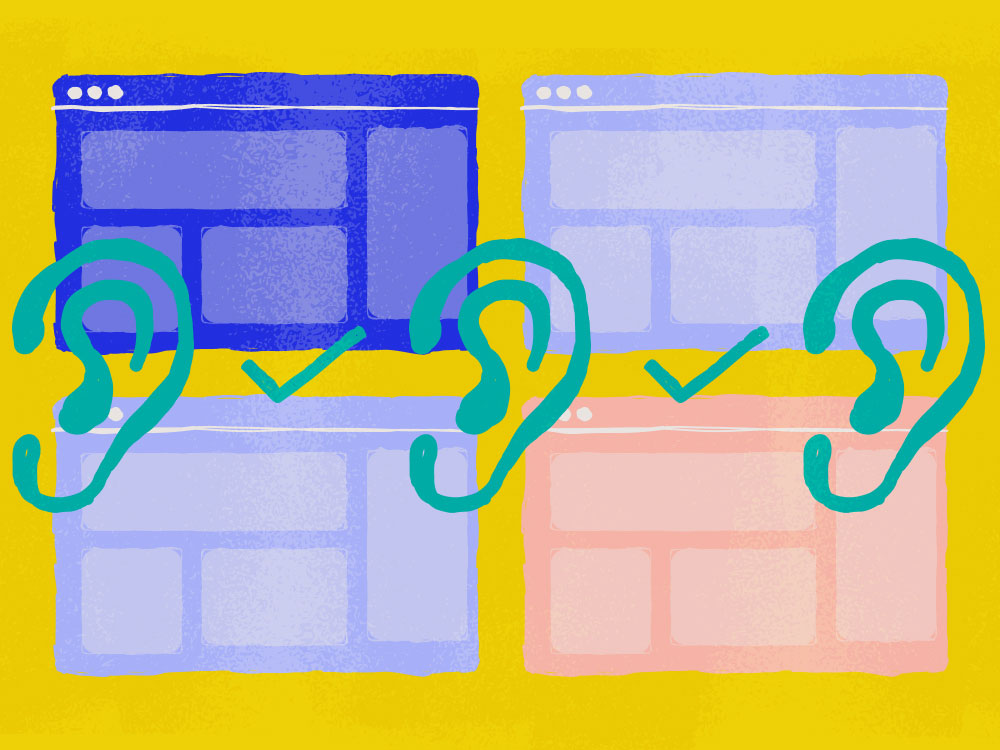
Pro tip: How to spot accessible companies
How can you spot companies that have accessibility — digital and otherwise — in mind? First, check if they have an accessibility statement, usually found at the bottom of a website near private policy statements or terms of use documents. Usually it will include a summary of accessibility features, letting you know things like if they have navigational aids on pages or if images or non-text items have alternative text associated with them. You can also download Chrome extensions for organizations like Deque which will scan the website to determine if it meets the accessibility standard and tell you how to make improvements to meet the standard.
Expectation: There is a fixed way companies can support employees with disabilities
Reality: There’s no one way to support employees with disabilities. At the end of the day, a person with a disability is just another person. Some don’t want to be treated differently. Some don’t want to share details on something that makes them feel vulnerable. That’s why I can’t recommend blanket ways to support employees with disabilities beyond measures that can help any kind of employee: I am a person with multiple disabilities, but my voice is not the voice of all people with disabilities. I have my own struggles and challenges, as we all do.
If you are a person who manages or leads a group of people and there are people on your team who may have disabilities, it can be difficult to know the best way to support them. A great first step for all employees is a DISC personality test. This type of test will highlight what kind of people you have on your team, and it can be helpful in identifying the best way to manage them. Everyone is different — some people are visual learners, some prefer to be hands on, some prefer taking feedback in certain ways. Knowing the personalities of the people you manage is a good first step so you can guide your management accordingly.
The best I can recommend is to be open to the needs of your whole team, and do what you can to make work more accessible based on your team’s feedback. I also recommend talking to your workplace’s people team to ensure the right to accessibility is supported at all levels of the organization. With accessibility in mind, your company can be a great place to work for any employee regardless of disability.
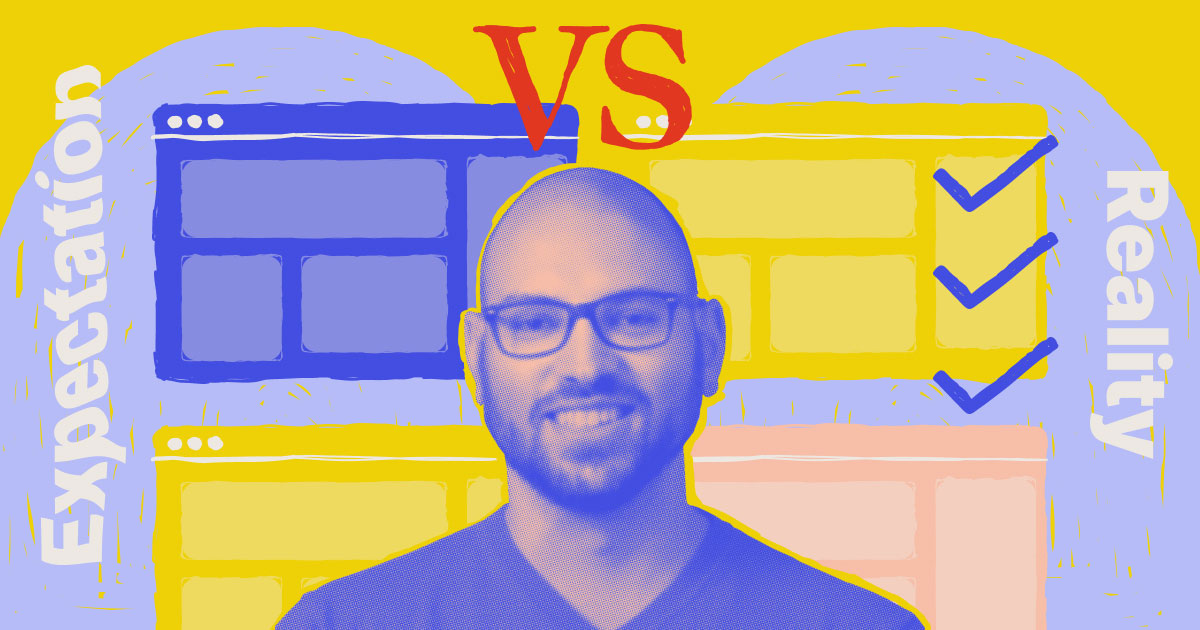
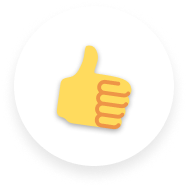
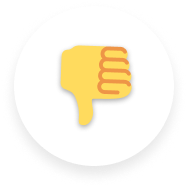




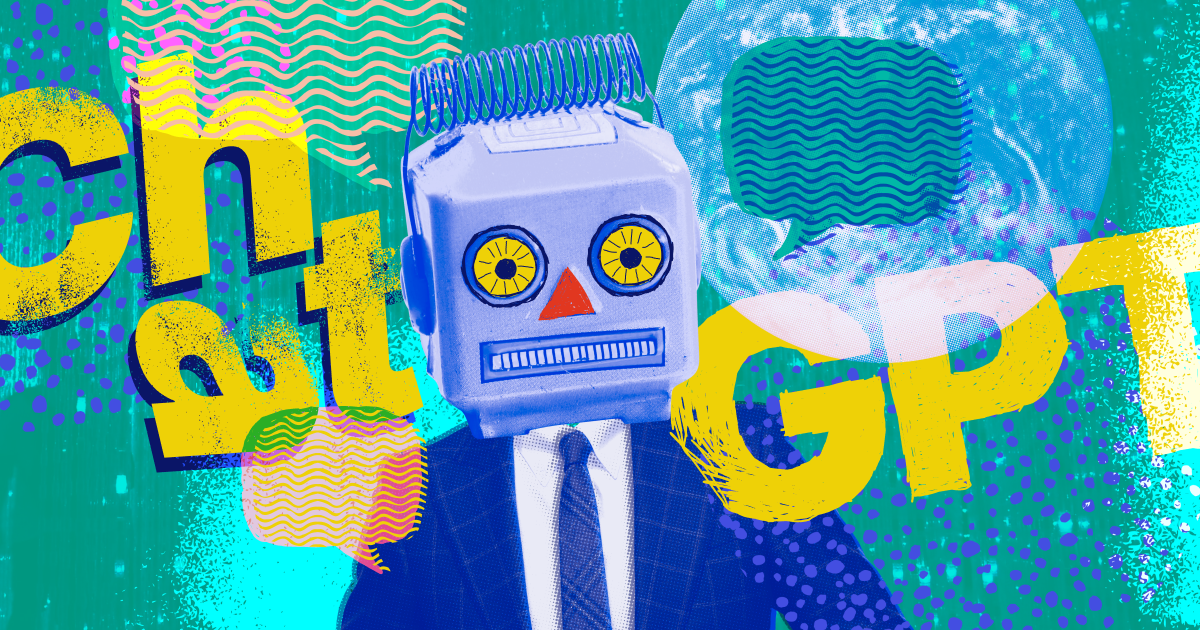
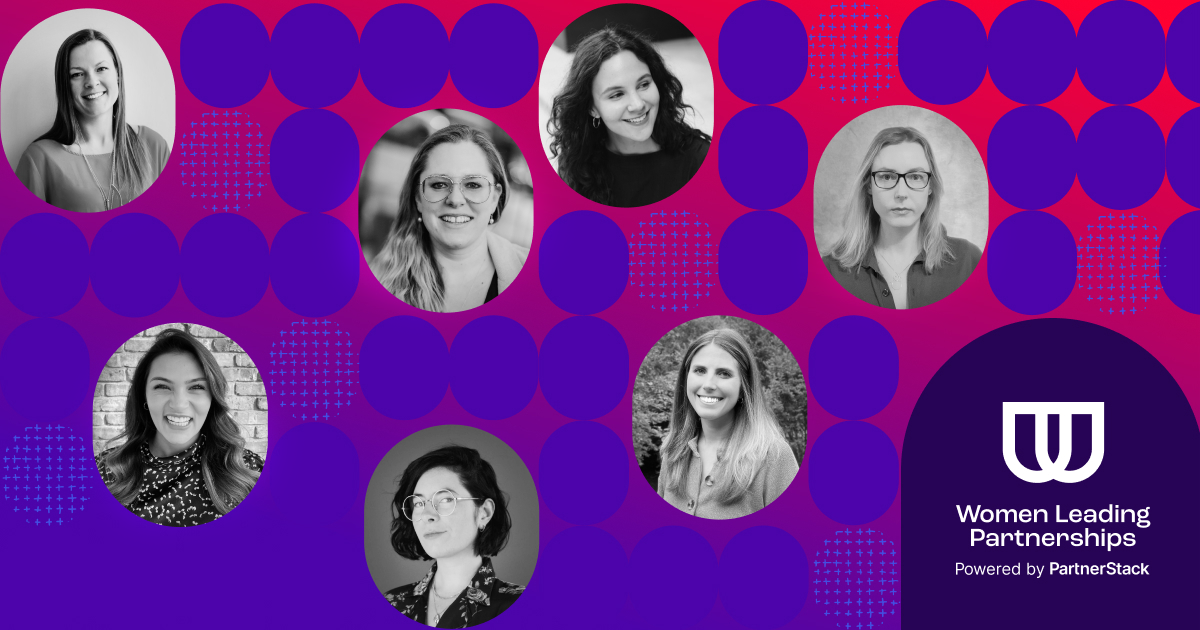
.jpg)

